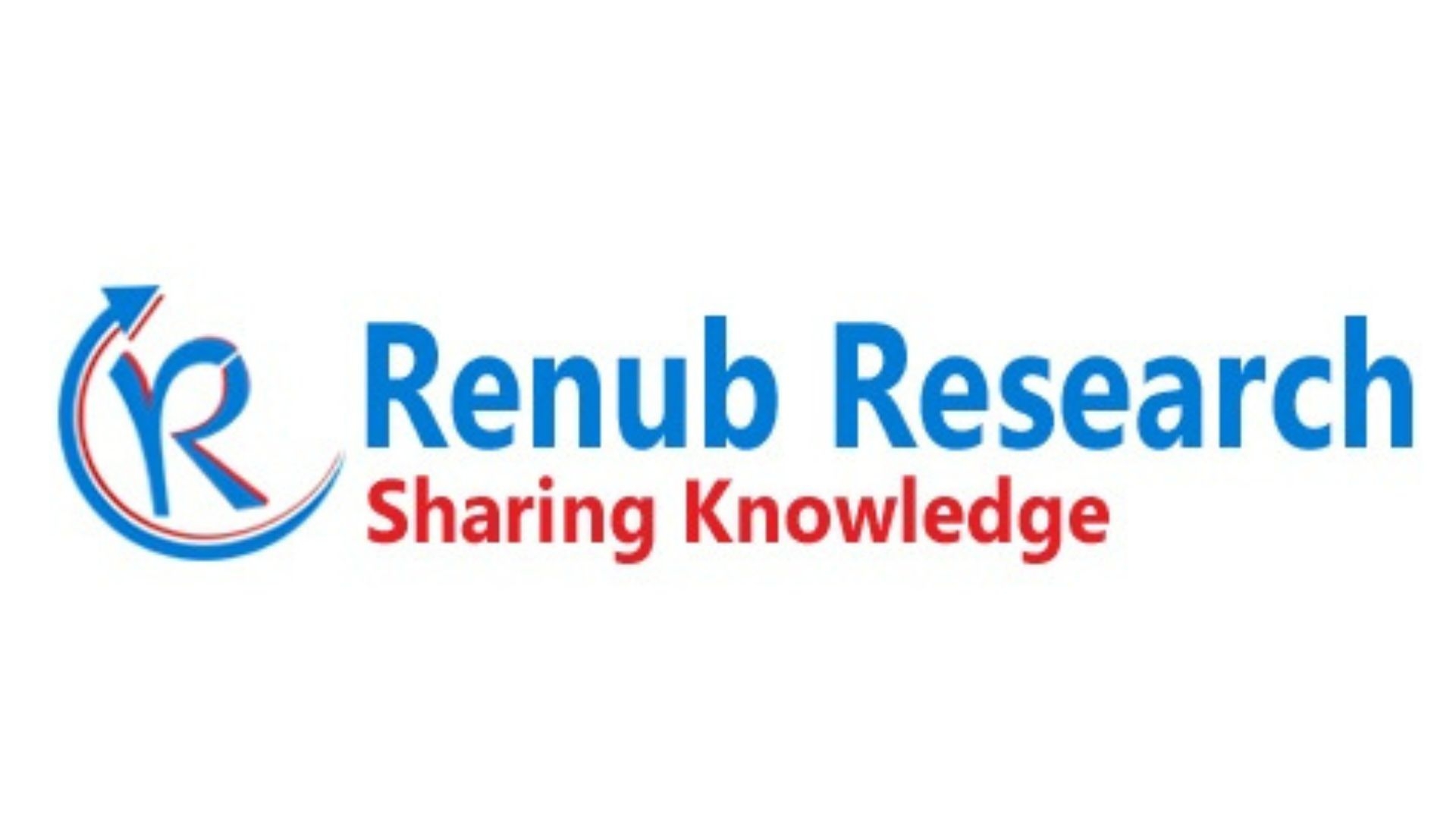United States White Mushroom Market Forecast (2025–2033)
According to Renub Resaerch United States White Mushroom Market is projected to grow from USD 13.3 billion in 2024 to approximately USD 22.34 billion by 2033, registering a compound annual growth rate (CAGR) of 5.93% during 2025–2033. The market’s upward trajectory is primarily driven by rising demand for plant-based and health-focused food products, increasing consumer awareness of mushrooms’ nutritional benefits, and innovations in packaging and distribution that enhance product availability across retail, online, and foodservice channels.
Overview of the United States White Mushroom Industry
White mushrooms, commonly known as button mushrooms, represent one of the most widely cultivated edible fungi globally. These mushrooms possess a mild flavor and soft texture, making them versatile ingredients for various dishes such as soups, salads, sauces, and pizzas. They are rich in vitamins, minerals, and antioxidants while being low in calories, which makes them ideal for health-conscious consumers.
Cultivated primarily in controlled environments using composted substrates, white mushrooms require careful handling to preserve freshness and quality. They are available in several forms—fresh, sliced, canned, and frozen—allowing consumers and food manufacturers flexibility in their use. The growing inclination toward plant-based diets and nutrient-rich foods has substantially boosted their consumption across households, restaurants, and packaged food products in the United States.
Key Growth Drivers for the United States White Mushroom Market
Health and Nutrition Consciousness
An increasing emphasis on wellness and healthy eating among U.S. consumers remains a fundamental growth driver for the white mushroom market. These mushrooms are recognized for being low in calories, cholesterol-free, and packed with essential nutrients such as selenium, potassium, antioxidants, and B vitamins (B2, B3, and B5). Their inherent umami flavor enables consumers to reduce salt intake while maintaining taste, aligning with the growing preference for heart-healthy and low-sodium diets.
Rising cases of obesity, hypertension, and cardiovascular diseases have accelerated the demand for natural, functional foods. Mushrooms are now prominently featured in “superfood” categories and immune-boosting product lines, particularly after the COVID-19 pandemic heightened interest in immunity-supportive nutrition.
Moreover, food and beverage companies are increasingly incorporating mushroom extracts into snacks, powders, and beverages to enhance nutritional content. White mushrooms’ versatility, coupled with their recognized health benefits, ensures their continued integration into modern, nutrition-focused diets across the country.
Rise of Plant-Based and Flexitarian Diets
The rapid adoption of plant-based and flexitarian eating habits has significantly fueled the popularity of white mushrooms. Their rich umami taste and meat-like texture make them ideal substitutes for animal proteins. Many restaurants and food brands are now offering mushroom-based meat alternatives, such as blended burgers and plant-forward entrees, appealing to consumers seeking sustainable yet flavorful options.
As consumers become more environmentally aware, they increasingly favor mushrooms for their low carbon footprint compared to traditional meat production. The eco-friendly nature of mushroom farming, combined with their ability to enhance flavor without artificial additives, strengthens their role as a cornerstone ingredient in sustainable culinary innovation.
Channel Expansion and Technological Innovation
The U.S. mushroom market has benefited tremendously from expanded retail and foodservice distribution networks, along with technological innovations in packaging and logistics. Retailers like Walmart, Kroger, and Whole Foods now carry extensive mushroom assortments, including organic and pre-packaged varieties that cater to different dietary needs.
Simultaneously, the rise of online grocery platforms and meal-kit delivery services has made fresh mushrooms more accessible and convenient. On the supply side, innovations such as modified atmosphere packaging (MAP) and vacuum-sealed solutions have extended product shelf life, maintaining freshness during transportation and reducing post-harvest losses.
Automation in cultivation, harvesting, and sorting processes has also improved efficiency and consistency. Additionally, cold-chain logistics improvements allow fresh mushrooms to reach distant markets without compromising quality. These advancements collectively enhance consumer convenience, minimize waste, and expand market reach across the United States.
Challenges Facing the United States White Mushroom Market
Short Shelf Life and Perishability
One of the most pressing challenges in the white mushroom industry is their high perishability. Due to their elevated moisture content and sensitivity to environmental factors like temperature and humidity, mushrooms require stringent storage and transportation conditions. Without proper refrigeration, they can quickly discolor, soften, and lose their quality.
This short shelf life increases costs related to logistics, storage, and retail management while contributing to waste. Smaller producers often struggle to maintain consistent cold-chain practices, making large-scale distribution difficult. Despite improvements in packaging and distribution, maintaining optimal freshness remains a critical operational challenge for the U.S. mushroom market.
Production and Supply Chain Risks
White mushroom cultivation is labor-intensive and susceptible to risks such as fungal infections, pest infestations, and fluctuations in input costs. Dependence on climate-controlled growing environments and skilled labor further raises production expenses.
Additionally, supply chain disruptions, whether caused by transportation delays or raw material shortages, can affect mushroom freshness and profitability. Concentration of production in select states also introduces regional vulnerabilities linked to climate and labor issues. Continued investment in automation, biosecurity, and sustainable growing methods is necessary to stabilize supply and support consistent production throughout the country.
Regional Market Insights
California White Mushroom Market
California stands as a key hub for white mushroom production and consumption. The state’s health-conscious population, advanced agricultural systems, and culinary diversity foster high demand for both fresh and organic mushrooms. Local producers benefit from proximity to large retailers and restaurant chains, though challenges such as high operating costs, strict regulations, and water scarcity persist.
Nonetheless, California continues to lead innovation in sustainable farming and distribution, focusing on eco-friendly production and premium-quality mushrooms that align with the state’s wellness-driven consumer base.
Texas White Mushroom Market
Texas is emerging as a high-potential market driven by rapid population growth and a dynamic foodservice sector. Major urban areas such as Dallas, Houston, and Austin have seen rising demand for fresh and locally sourced produce, supported by strong logistics infrastructure.
While Texas’s warm climate presents challenges for cold-chain management, investments in temperature-controlled transportation and the growth of meal-delivery platforms are enhancing mushroom accessibility. The popularity of fusion cuisine and plant-based meals is also increasing mushroom use across restaurants and households statewide.
New York White Mushroom Market
New York remains a major consumer market for white mushrooms due to its dense population and robust restaurant culture. With an emphasis on premium, sustainable foods, white mushrooms are a staple ingredient across both high-end and casual dining establishments.
The state’s well-developed retail and distribution systems support consistent product availability. However, high labor costs and limited space for large-scale production pose constraints. Despite these challenges, New York’s consumers continue to prioritize freshness, convenience, and nutrition, sustaining strong demand.
Florida White Mushroom Market
Florida’s expanding population and strong tourism sector make it an important consumption center for white mushrooms. Demand is particularly high within the hospitality and restaurant industries, especially in coastal cities. The state’s warm climate enables year-round consumption but also increases risks of spoilage during transport.
To mitigate this, producers are leveraging innovative packaging and cold-storage technologies. While much of Florida’s supply is imported from other states, the market’s consistent growth underscores its strategic importance in the southeastern U.S.
Recent Developments in the U.S. White Mushroom Market
· January 2024: M2 Ingredients and its brand Om Mushroom Superfood received a growth investment from Meaningful Partners LLC to expand organic mushroom production and distribution across the U.S. health and wellness market.
· January 2024: Mush Foods launched its “50Cut” product line—mushroom-root blends enabling foodservice operators to replace up to 50% of meat with mushroom mycelium, promoting both flavor retention and sustainability.
· November 2023: South Mill Champs, one of North America’s leading mushroom producers, acquired World Fresh Produce to enhance its cold-chain network and strengthen national market presence.
Market Segmentation
By Type
· Button Mushroom
· Oyster Mushroom
· Lion’s Mane Mushroom
· Others
By Form
· Fresh
· Processed
By Branding
· Private Label
· Branded
By Application
· Retail
· Food Service
· Food & Beverage Industry
· Others
By States (Partial List)
California, Texas, New York, Florida, Illinois, Pennsylvania, Ohio, Georgia, New Jersey, Washington, North Carolina, Massachusetts, Virginia, Michigan, and others.
Competitive Landscape
Leading players in the U.S. white mushroom market include:
Bonduelle Group, Costa Group, Drinkwater Mushrooms, Monterey Mushrooms, Inc., The Giorgi Companies, Inc., Phillips Mushroom Farms, Greenyard, GUAN’S Mushroom, Shanghai Fengke, and Metolius Valley Inc.
These companies emphasize sustainable production, automation, and product innovation to maintain competitiveness. Key strategies include acquisitions, R&D in functional mushroom products, and expansion of distribution partnerships to strengthen market reach.
Note: If you need details, data, or insights not covered in this report, we are glad to assist. Through our customization service, we will collect and deliver the information you require, tailored to your specific needs. Share your requirements with us, and we will update the report to align with your expectations.





